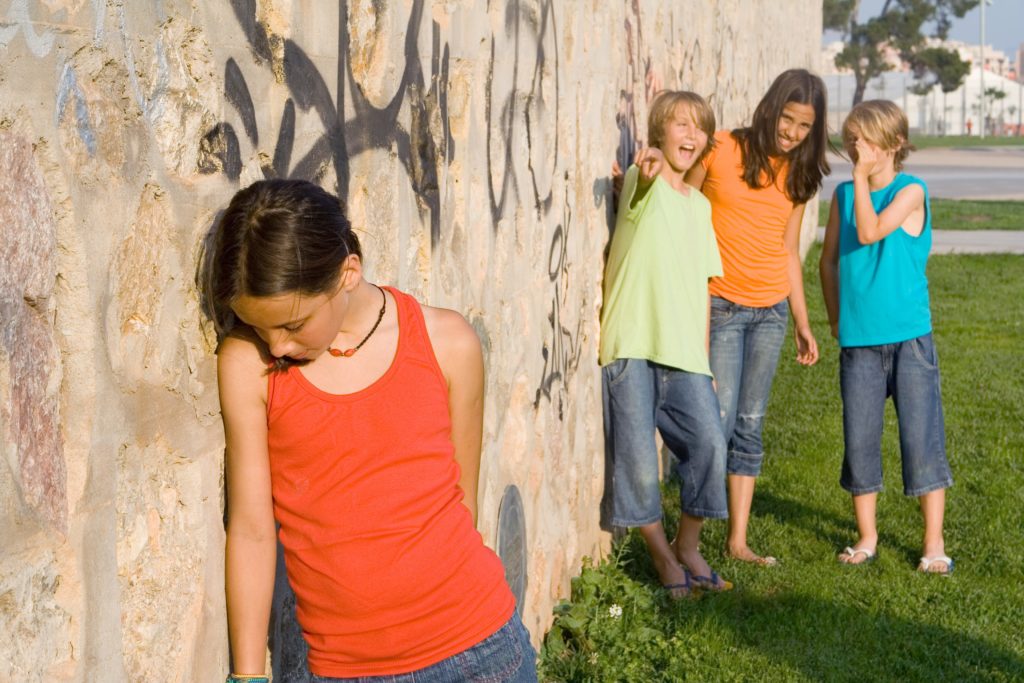While many of us may talk about feeling depressed, what we often mean is that we are not as ‘up’ as usual. True depression is a lot more than feeling a little bit blue. When depression strikes teens it can affect nearly everything in their lives: how they are able to perform at school; parent/child relations; straining existing friendships and making it tough to forge all-important adolescent friendships. Although we use the word depression as an all-encompassing term, depression actually comes in many forms and teens are not immune to any of them. Here are some of the most common forms of depression in teens and adults.
Major or Clinical Depression
Major depression, also known as clinical depression, can be recognized when known symptoms are observed for at least two weeks. Many teens tend toward moodiness simply because of the biological changes they are experiencing. By contrast, teens who are clinically depressed:
- Feel worthless and sad
- Become irritable and angry without good reason
- Express hopelessness
- Have problems paying attention
- Are tired all the time
- Can’t sleep or have trouble sleeping
- Gain or lose weight
- Have difficulty finding pleasure in formerly enjoyed activities
- Think about suicide.
Other signals that a teen is battling with depression include: self-injury such as cutting, burning or scratching as a way to cry out in pain; risky behaviors like unprotected sex or illicit drug use to express low self-worth; unkempt appearance and poor personal hygiene, with unwashed hair, dirty and rumpled clothing and failure to shower or wear make-up for days at a time being signs that a teen is experiencing major depression.
Dysthymic Depression
When at least two symptoms of depression are evident for more than six months, a teen may be diagnosed with dysthymic depression. Milder than major depression, dysthymia does not involve suicidal ideation. Also, teens with dysthymic depression are often able to continue functioning somewhat normally despite being depressed. The teen may be labeled as a gloomy person with no thought that they are actually depressed.
Manic Depression
Manic depression is also known as bipolar disorder. This kind of depression is characterized by extreme mood swings. At one time, the teen may experience symptoms of major depression. At another, he or she will have manic episodes during which mood is unnaturally high or even edgy. Manic episodes last one to several weeks. These can be periods of frenzied activity, talkativeness, racing thoughts and risky behavior. When teens experience the swinging pendulum of feeling euphoric and feeling hopeless over extended time periods, they may be suffering from manic depression.
Adjustment Disorder with Depressive Mood
Adjustment disorder is exactly what it sounds like. When a teen is subjected to a fairly major life event like moving, death of a family member or entering a new school they may have a tough time adjusting to the new situation. If symptoms of depression show up (such as crying or feeling hopeless) around the time of a major life change without signs of major depression, it is usually a temporary condition called adjustment disorder with depressive mood.
Seasonal Affective Disorder
Seasonal affective disorder (SAD) is a form of depression that occurs at predictable times of the year. Most often teens with SAD react to diminished sunlight that occurs in the winter months. Many experts believe that sunlight affects levels of serotonin and melatonin that, in turn, affect mood. Serotonin produces positive mood and melatonin controls sleep cycling so that low serotonin and high melatonin levels may combine for this low-mood, low-energy chemical cocktail.
Postpartum Depression
Teenage girls who give birth are subject to the same hormonal fluctuations as older moms of newborns. If depressive symptoms arise within 30 days of giving birth it is most likely a case of postpartum depression.






